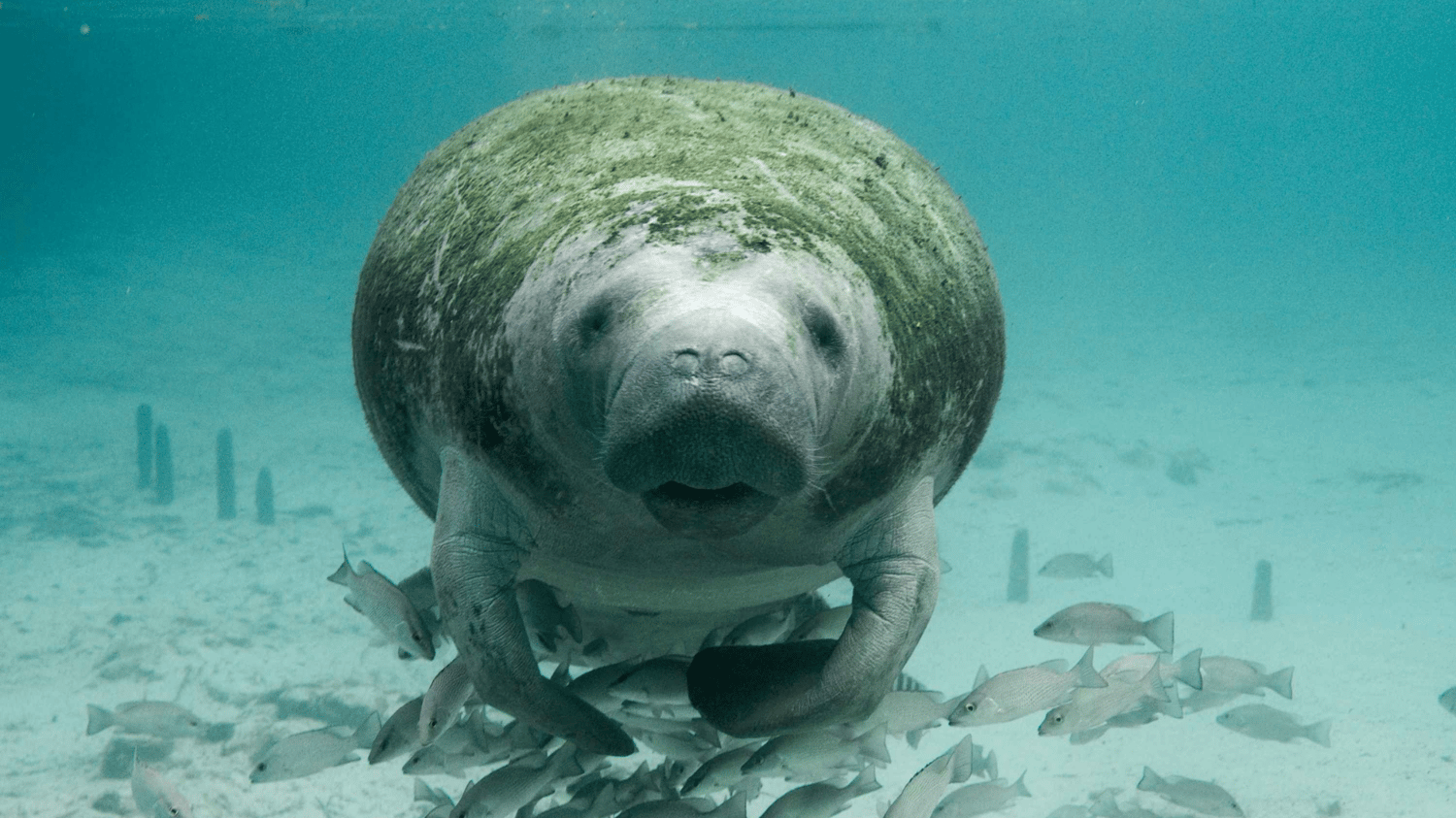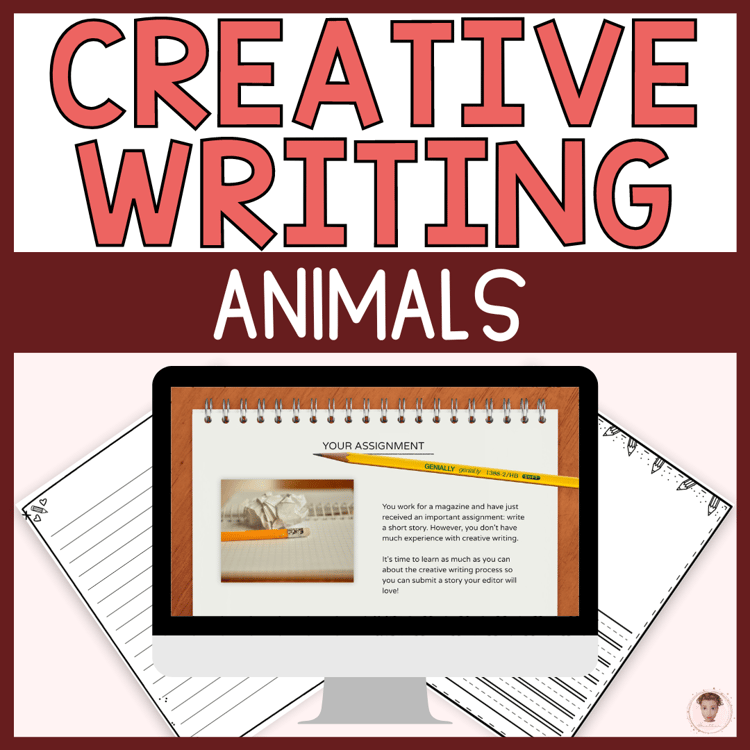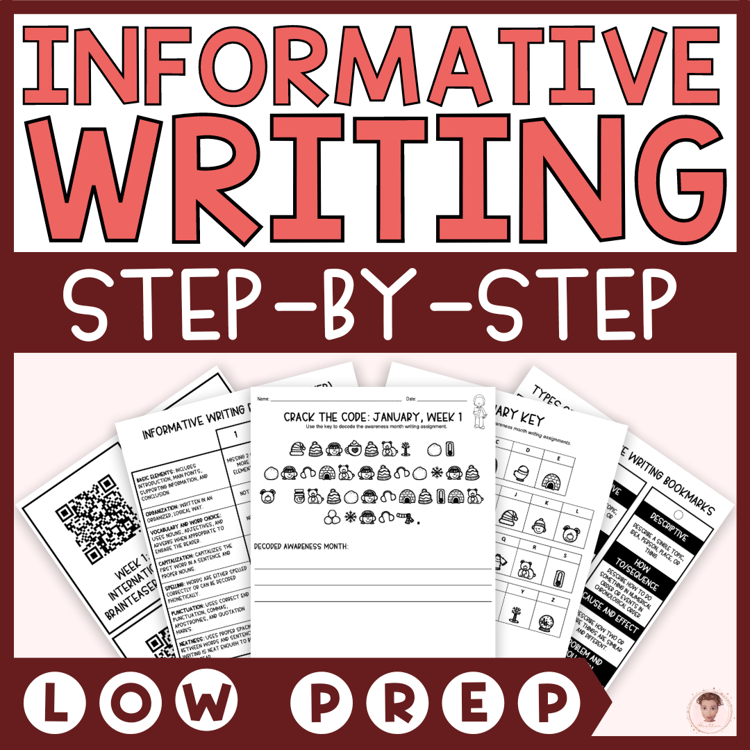Happy Manatee Appreciation Day 2023 (March 29)! These gentle giants, often called "sea cows," capture people's hearts worldwide with their docile nature and lovable appearance.
Manatee Appreciation Day is observed on the last Wednesday of March every year. It's the perfect opportunity to teach our children about these fascinating creatures and the importance of protecting their environment.
Manatee Basics: Understanding These Gentle Giants
Physical characteristics
Manatees are large, aquatic mammals with round, barrel-shaped bodies, which help them store fat and maintain buoyancy. They have a small head with a whiskered, paddle-shaped snout that allows them to eat and breathe easily. Manatees are typically gray or brown, with thick, wrinkled skin that helps protect them from the elements.
- Size and weight: Manatees can grow up to 13 feet in length and weigh between 800 and 1,200 pounds, with some individuals reaching up to 3,500 pounds. Females are usually larger than males.
- Anatomy: Manatees have a pair of front flippers for steering and crawling along the seafloor while feeding. Their powerful, flat tail propels them through the water, allowing them to swim up to 15 miles per hour. However, they typically cruise at a leisurely 5 miles per hour.
- Unique features: Manatees have a set of molars that continuously grow and are replaced as they wear down from grinding their food. They also have a specialized upper lip split into two parts, which they use like fingers to grab and manipulate vegetation.
Species of manatees
There are three main species of manatees, each with its own distinct range and habitat preferences:
- West Indian manatee (Trichechus manatus): This species is found in the coastal waters, estuaries, and rivers of the southeastern United States, the Caribbean, and parts of Central and South America.
- Amazonian manatee (Trichechus inunguis): Found exclusively in the freshwater rivers and tributaries of the Amazon Basin, the Amazonian manatee is the smallest of the three species.
- West African manatee (Trichechus senegalensis): Inhabiting the coastal and riverine habitats of West Africa, the West African manatee is similar in size and appearance to the West Indian manatee.
Habitats and distribution
Manatees are found in saltwater and freshwater environments, such as rivers, estuaries, coastal waters, and mangrove swamps. They prefer shallow waters with abundant vegetation, which serves as their primary food source.
Diet and feeding habits
Manatees are herbivores, primarily consuming seagrasses and other aquatic vegetation. They can eat up to 10 to 15% of their body weight in vegetation each day. Manatees also occasionally eat small amounts of fish and invertebrates. Still, these make up a minimal portion of their diet.
Life Cycle and Behavior
Breeding and reproduction
Manatees reach maturity between the ages of 3 and 5. Female manatees typically give birth to a single calf every two to five years, although twins are rare but possible.
The gestation period for manatees is approximately 12 to 14 months. When a calf is born, it weighs around 60 to 70 pounds and measures about 3 to 4 feet in length.
The newborn calf can swim to the surface for its first breath shortly after birth, with the mother's assistance if needed. Calves nurse underwater, just behind their mother's flippers. Manatee calves depend on their mother's milk for 12 to 18 months. However, they will begin nibbling on vegetation as early as a few weeks old.
Social behavior
Manatees are generally solitary creatures but can be found in small, loose-knit groups. They are known to be quite curious and gentle, often approaching boats and divers in the wild. While they do not form strong social bonds, manatees may congregate in areas with abundant food or warm water sources, such as natural springs during colder months.
Communication and vocalizations
Manatees communicate through a series of chirps, squeaks, and whistles. These vocalizations are crucial to maintaining social contact, especially between a mother and her calf. Manatees also use body language and tactile communication, such as touching and nuzzling, to interact with one another.
Manatee's role in the ecosystem
Manatees play a vital role in maintaining the health of their aquatic ecosystems. By grazing on seagrass and other vegetation, they help control the growth of these plants, preventing the overgrowth of algae and maintaining water quality. Additionally, their feeding habits create a natural pruning effect, stimulating the development of new vegetation and promoting biodiversity in their habitats.
The Importance of Manatee Conservation
Threats to manatees
Manatees face numerous threats in their natural environment, many caused by human activities. These threats include:
- Habitat loss: Coastal development, dredging, and the construction of dams have led to the destruction and fragmentation of manatee habitats. The loss of seagrass beds due to water pollution and boat propeller damage also reduces the availability of their primary food source.
- Boat collisions: Manatees are often injured or killed in collisions with boats. Their slow-moving nature and preference for shallow waters make them vulnerable to boat propellers and hulls. These collisions can cause severe injuries, including deep cuts, broken bones, and even death.
- Pollution: Water pollution, particularly from agricultural runoff and sewage, can lead to the degradation of manatee habitats and a decrease in the quality and quantity of their food sources. Ingesting or becoming entangled in marine debris, such as discarded fishing gear and plastic waste, can also harm manatees.
- Climate change: Rising sea levels and changes in water temperature may result in the loss of critical manatee habitats, alterations to their migration patterns, and food availability.
Current conservation efforts
Numerous organizations and governments are working to protect manatees and their habitats. Some of the ongoing conservation efforts include:
- Establishing and enforcing boat speed zones in manatee habitats to reduce the risk of collisions
- Implementing habitat restoration and protection initiatives, such as seagrass replanting and the creation of manatee sanctuaries
- Supporting research and monitoring programs to better understand manatee populations, behavior, and habitat needs
- Raising public awareness and promoting responsible boating practices in manatee-populated areas
How children can help protect manatees
Educating children about manatees and their challenges is essential for fostering a sense of stewardship for these gentle creatures. Kids can make a difference by:
- Learning about manatees and sharing their knowledge with friends and family
- Participating in local beach or river clean-up events to help reduce pollution
- Encouraging their parents to practice responsible boating and respect speed limits in manatee habitats
- Supporting or getting involved with organizations dedicated to manatee conservation and raising awareness about their plight
Fun and Educational Manatee Activities
Art projects
Art activities are a great way to engage children's creativity while teaching them about manatees. Some ideas include:
- Manatee coloring pages: Provide students with printable manatee coloring pages and encourage them to get creative with colors and patterns. This activity can be a fun way to introduce younger students to manatees.
- Manatee collages: Have students create manatee-themed collages using various materials, such as magazine cutouts, fabric scraps, and craft supplies. Encourage them to include images of manatees, their habitat, and the threats they face.
- Creating manatee habitats with recycled materials: Encourage students to build a model of a manatee habitat using recycled materials, such as cardboard, plastic bottles, and paper. This activity can teach children the importance of reducing waste and protecting the environment.
Science activities
Incorporating science-based activities into your lessons can help students better understand manatees and their ecosystems. Some ideas include:
- Manatee food chain and ecosystem: Teach students about the manatee food chain and their role in maintaining a healthy ecosystem. Have students create diagrams or posters illustrating the various organisms within the manatee's habitat.
- Exploring manatee anatomy: Use diagrams or models to teach students about their unique features and anatomy. Encourage students to compare and contrast the anatomy of manatees with other marine mammals or aquatic creatures.
- Understanding manatee migration patterns: Introduce students to the concept of migration and discuss the factors that influence manatee migration, such as water temperature and food availability. Use maps to show the typical migration routes and seasonal movements of manatees.
Language arts activities
Incorporating manatee-themed language arts activities can help students develop their research, reading, writing, and vocabulary skills while learning about these fascinating creatures. Some ideas include:
- Researching manatees: To understand the manatee in-depth, check out this 5-day unit study.
- Writing manatee stories or poems: Encourage students to write their own stories or poems about manatees, focusing on themes such as conservation, manatee behavior, or their role in the ecosystem.
- Reading manatee-themed books and articles: Provide students with age-appropriate books and articles about manatees. Have them read and discuss the content, focusing on key facts and concepts related to manatee biology and conservation.
- Manatee vocabulary games: Create manatee-themed word puzzles, crosswords, or word searches to help students learn and reinforce vocabulary related to manatees and their environment.
Manatee-themed games and puzzles
Incorporate manatee-themed games and puzzles into your lessons to make learning about these gentle giants more fun and engaging. Some ideas include:
- Manatee memory game: Create a memory game using cards with images of manatees, their habitat, and the threats they face. Encourage students to match the cards while learning about the different aspects of manatee life.
- Manatee trivia: Organize a manatee-themed trivia contest to test students' knowledge about these marine mammals. This can be a fun and interactive way to reinforce key concepts and facts.
- Manatee migration board game: Design a board game that simulates the migration patterns and challenges manatees face. This activity can help students develop problem-solving skills and a deeper understanding of manatee behavior and ecology.
Additional Resources and References
Books and articles about manatees
Many informative and engaging books and articles cover various aspects of manatee life and conservation. Some recommended titles include (no affiliate links):
- Kobee Manatee: A Wild Weather Adventure by Robert Scott Thayer
- Manatee Calves by Ruth Owen
- Manatee Winter by Kathleen Zoehfeld
- A Manatee Morning by Jim Arnosky
Websites for further information
The following websites offer a wealth of information about manatees, their habitats, and conservation efforts:
- Save the Manatee Club
- U.S. Fish & Wildlife Service Manatee Information
- SeaWorld: Manatee Facts
- MarineBio Conservation Society: Manatee
Organizations and initiatives dedicated to manatee conservation
Several organizations and initiatives are working tirelessly to protect manatees and their habitats. Some of these include:
- Save the Manatee Club: A nonprofit organization that protects and conserves manatees and their habitats.
- Manatee Rescue & Rehabilitation Partnership: A collaborative effort among various organizations to rescue, rehabilitate, and release injured manatees.
- The Ocean Conservancy: An organization that focuses on the health of the world's oceans, including protecting marine species like manatees.
- World Wildlife Fund (WWF): A global conservation organization that protects endangered species and their habitats, including manatees.
By exploring these resources and sharing them with your students, you can help raise awareness and promote the conservation of these gentle giants, ensuring that they continue to thrive in their natural habitats for generations to come.
Conclusion
Manatee Appreciation Day is an excellent opportunity for elementary teachers and homeschoolers to introduce children to these captivating marine mammals and their unique role in our planet's aquatic ecosystems. Engaging students in fun, educational activities and discussions can inspire a sense of curiosity and responsibility for protecting manatees and their habitats for years to come!






